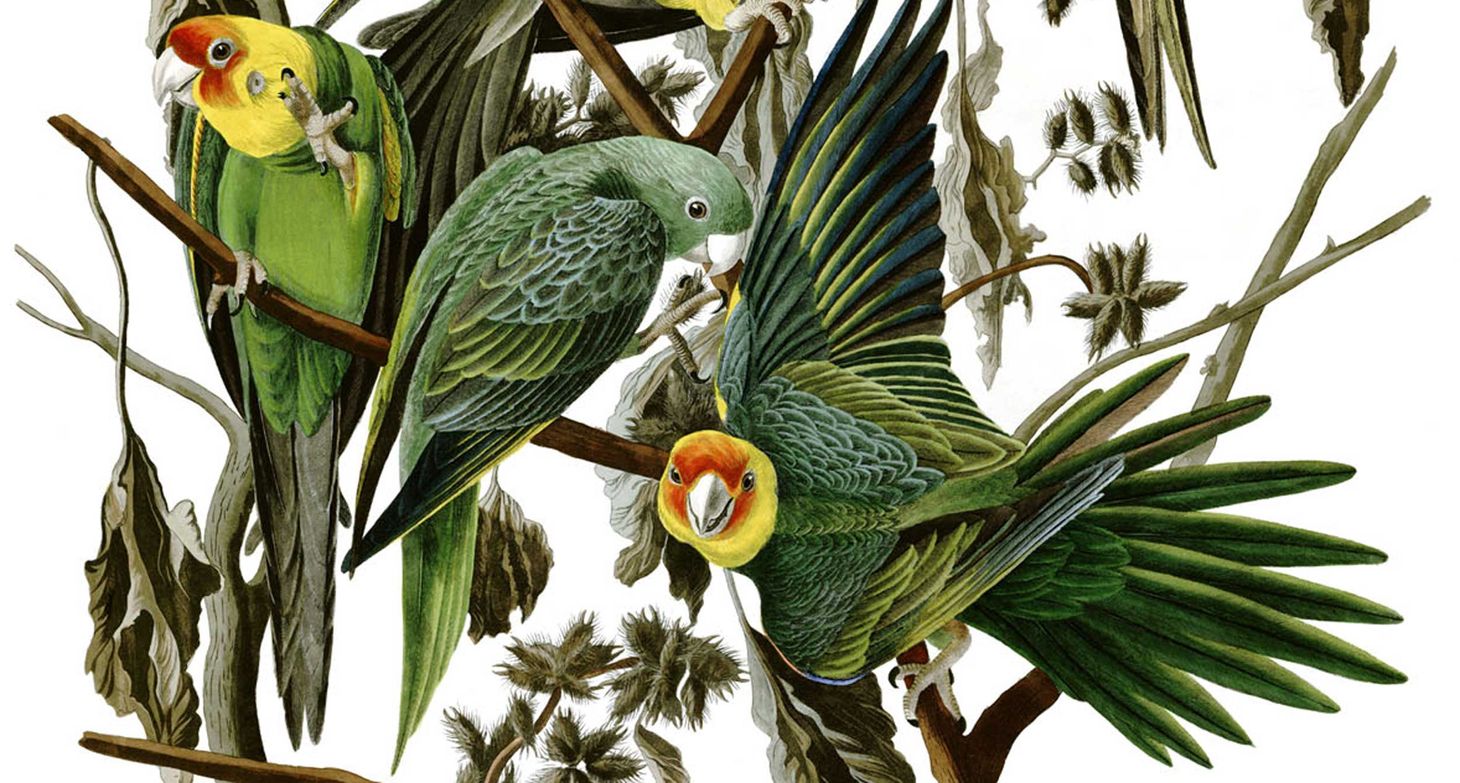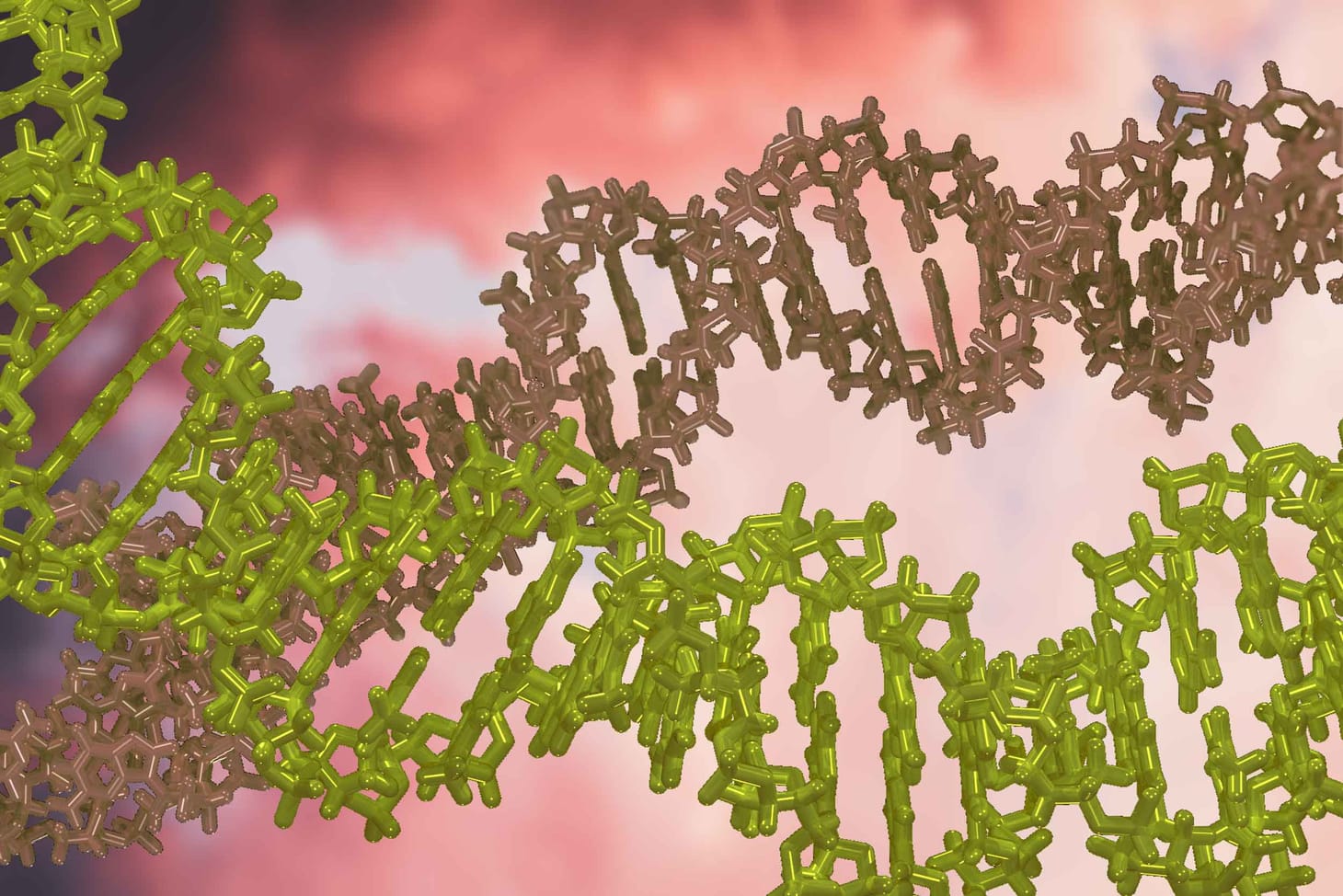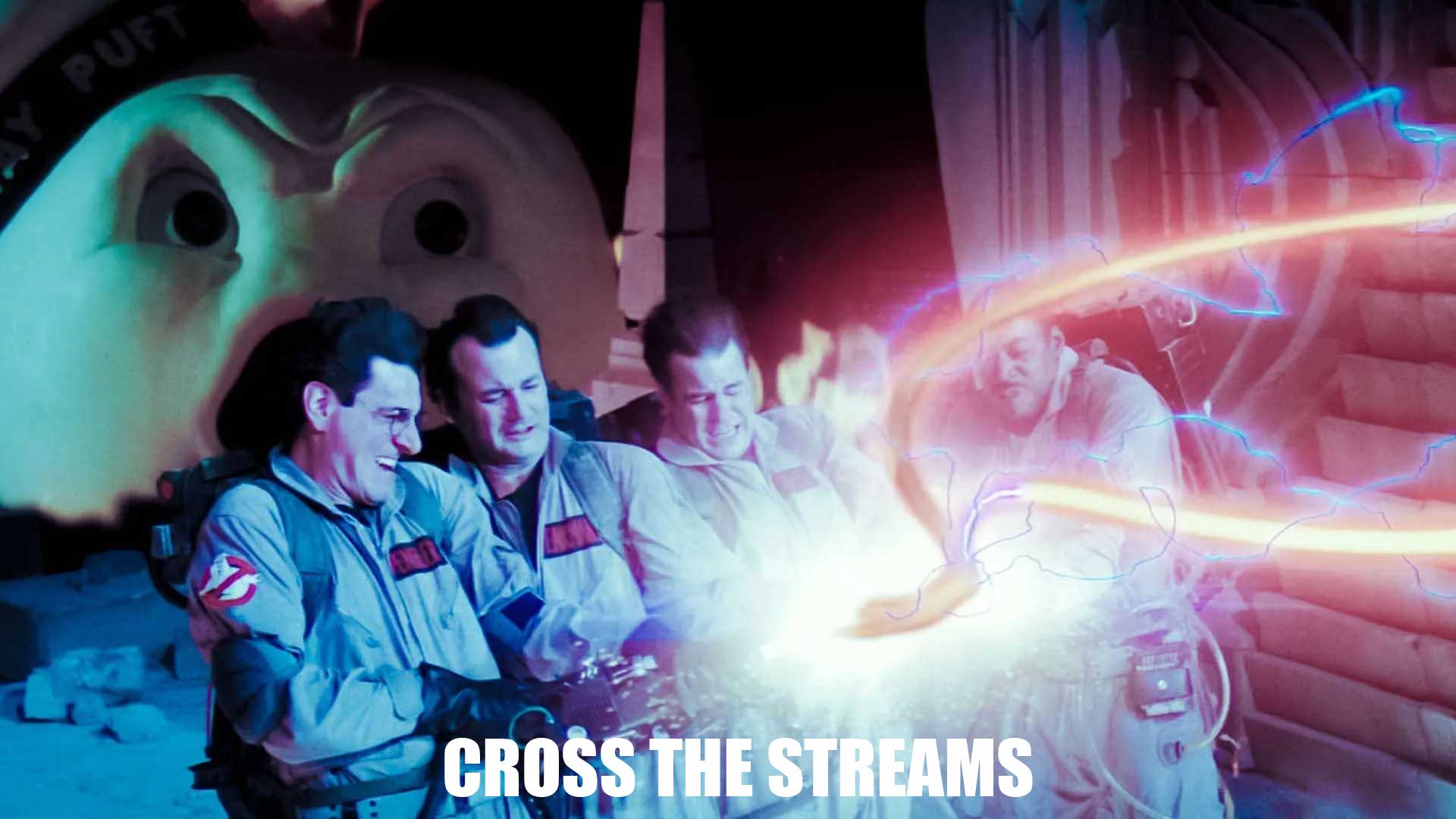Should archaeologists really fear and loathe geneticists?
An article in Nature focuses on the tension between archaeologists and ancient DNA specialists.

Ancient DNA is following its Moore’s Law-like progression toward greater and greater sample sizes from past populations. Until this year, it may not have seemed apparent that every archaeological site will have ancient DNA techniques applied to it before long.
Ewen Callaway in Nature has a long feature article focusing on the tension between archaeologists and ancient DNA specialists as they try to understand the past with their different approaches: “Divided by DNA: The uneasy relationship between archaeology and ancient genomics”.
The article has a number of recent examples, mainly big studies of ancient DNA that were published in Nature with results pointing to major population replacements or migrations that had been unexpected by archaeologists. It is well worth reading in its entirety if you haven’t been following the field of ancient DNA super-closely.
Genetic information from ancient populations has settled some 100-year-old (or even 150-year-old) debates in archaeology. For example, we now know that the Indo-European languages did not spread into Europe and India along with the Neolithic revolution and introduction of farming from Anatolia. Instead those languages spread later, from an early Bronze Age origin on the steppe. We now know that the introduction of Bell Beaker pottery across much of Europe was in some places a result of people changing their material culture to adopt the new pottery style, and in other places (including England) the result of new people invading and almost completely replacing the resident farmers. We know now that the Inuit peoples of the Arctic are the latest wave of migration, largely replacing earlier Dorset culture peoples which contributed little to later populations. Those insights would not be possible without DNA evidence, and they demand that archaeologists and anthropologists rethink some of the ways they conceive of ancient population contacts and culture changes.
This is wonderful. Knowing who made past artifacts and how they are related to other people is transformative. All manner of woolly-headed archaeological ideas can now be thrown straight out the window. What’s not to like?
Some geneticists (and this article) compare the new ancient DNA approaches to the advent of radiocarbon dating. Knowing accurately when ancient people made sites and artifacts did indeed transform archaeology. Not always for the better, of course. The patina of white coat science sometimes enables scientists to push wrong ideas beyond the data’s real power.
But some archaeologists are dissatisfied with the course of these events.
I found a section near the middle of the article to express some of the main conflicts from the point of view of archaeologists.
“While I have no doubt they are basically right, it is the complexity of the past that is not reflected,” Heyd wrote, before issuing a call to arms. “Instead of letting geneticists determine the agenda and set the message, we should teach them about complexity in past human actions.”
Ann Horsburgh, a molecular anthropologist and prehistorian at Southern Methodist University in Dallas, Texas, attributes such tensions to communication problems. Archaeology and genetics say distinct things about the past, but often use similar terms, such as the name of a material culture. “It’s C. P. Snow all over again,” she says, referring to the influential ‘Two Cultures’ lectures by the British scientist lamenting the deep intellectual divide between the sciences and the humanities. Horsburgh complains that genetic results are too often given precedence over inferences about the past from archaeology and anthropology, and that such “molecular chauvinism” prevents meaningful engagement. “It’s as though genetic data, because they’re generated by people in lab coats, have some sort of unalloyed truth about the Universe.”
Horsburgh, who is seeing her own field of African prehistory start to feel the tremors of ancient genomics, says that archaeologists frustrated at having their work misinterpreted should wield their power over archaeological remains to demand more equitable partnerships with geneticists. “Collaboration doesn’t mean I send you an e-mail saying ‘hey, you’ve got some really cool bones. I’ll get you a Nature paper.’ That’s not a collaboration,” she says.
What’s going on here?
The two disciplines have different modes of work, publication, and citation. Much of the great archaeology on periods within the past 10,000 years is published in book form. The Horse, the Wheel, and Language by David Anthony has probably been the most influential presentation of the anti-Colin Renfrew view that Indo-European languages spread from the Pontic Steppe during the early Bronze Age. It runs 568 pages in paperback form, took years to write and publish, and brings together evidence from archaeology, linguistics, and genetics from much of Europe and West Asia. While the book is scholarly, it should also be recognized that it is a semi-popular presentation, much more accessible than the book-length archaeological reports that contain much of the primary literature. It is also the work of a single author who has synthesized results from three very different fields of study.
Meanwhile, the 2015 paper by Wolfgang Haak and colleagues that described ancient DNA evidence for this idea runs seven text pages in Nature and had 44 references. This may seem short or insubstantial, but this one paper took collectively years of effort from 39 authors, it reported 69 new ancient genomes, and included 141 pages of supplementary text.
These two works illustrate a massive change in the mode of scientific work in prehistory. Where archaeological research 30 years ago required the efforts of dozens or hundreds of people, most of these were not even recognized as authors of the research. Instead, nearly all the credit went to the scientist “at the top”. What other archaeologists most valued were theories that attempted to synthesize years of data.
The standard in genetics is different. What other geneticists value is the ability to lead and mobilize effective empirical research programmes that generate highly-cited peer-reviewed research papers. They often recognize trainees, postdocs, or tenure-track scientists as first authors of research papers, and this does nothing to detract from the role of team leaders.
The “two cultures” comment in the passage above is pretty appropriate to this situation. And as has been the case in the 1950s, the side perceived as “science” is winning and the more “humanities” side losing a struggle for hearts, minds, and funding.
John Hawks Newsletter
Join the newsletter to receive the latest updates in your inbox.



